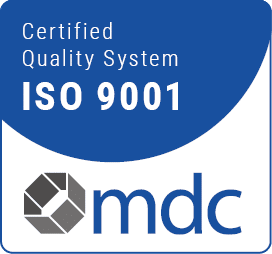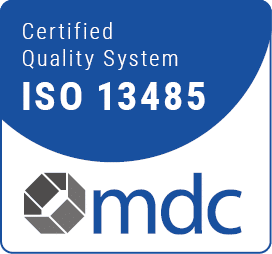The cleaning success of soiled goods in aqueous baths is fundamentally influenced by the following four parameters.
POWER #
Ultrasound supports the cleaning effect of the cleaning baths as an additional mechanical force. The dirt infiltrated by the cleaning liquid is detached by the ultrasonic cavitation effect and rinsed away. This reduces the overall cleaning time.
In principle, other force effects (nozzles, currents and oscillation of the parts) are also suitable for improving the cleaning effect of aqueous baths. These methods sometimes have a better cleaning effect than ultrasound for large parts. For fine or sensitive parts, ultrasound cannot be replaced by other forces.
CHEMISTRY #
The cleaning fluid has the task of wetting the cleaning material completely and establishing fluid contact with the surface. The soiling must be dissolved or infiltrated by the correct choice of chemical composition of the cleaning fluid. The item to be cleaned or the cleaning device must not be impaired by the chemical properties of the cleaning fluid.
become.
TEMPERATURE #
Chemical processes are basically accelerated by a higher temperature. Heated cleaning liquids increase the cleaning effect. When using ultrasound in aqueous cleaning liquids at temperatures of 50 to 60 °C, the optimum cleaning effect is achieved. At these temperatures, the cavitation bubbles are most intensive and the cleaning effect is maximised.
achieved.
EXPOSURE TIME #
The exposure time is of decisive importance for cleaning. If the exposure time is too short, the items to be cleaned cannot be cleaned sufficiently. If the parts are exposed to the cleaning liquid for too long, the parts may be damaged. This is particularly critical when cleaning light metal parts, printed circuit boards and electronic components.
The ultrasound-assisted cleaner
heated aqueous cleaning baths shortens the treatment time.






